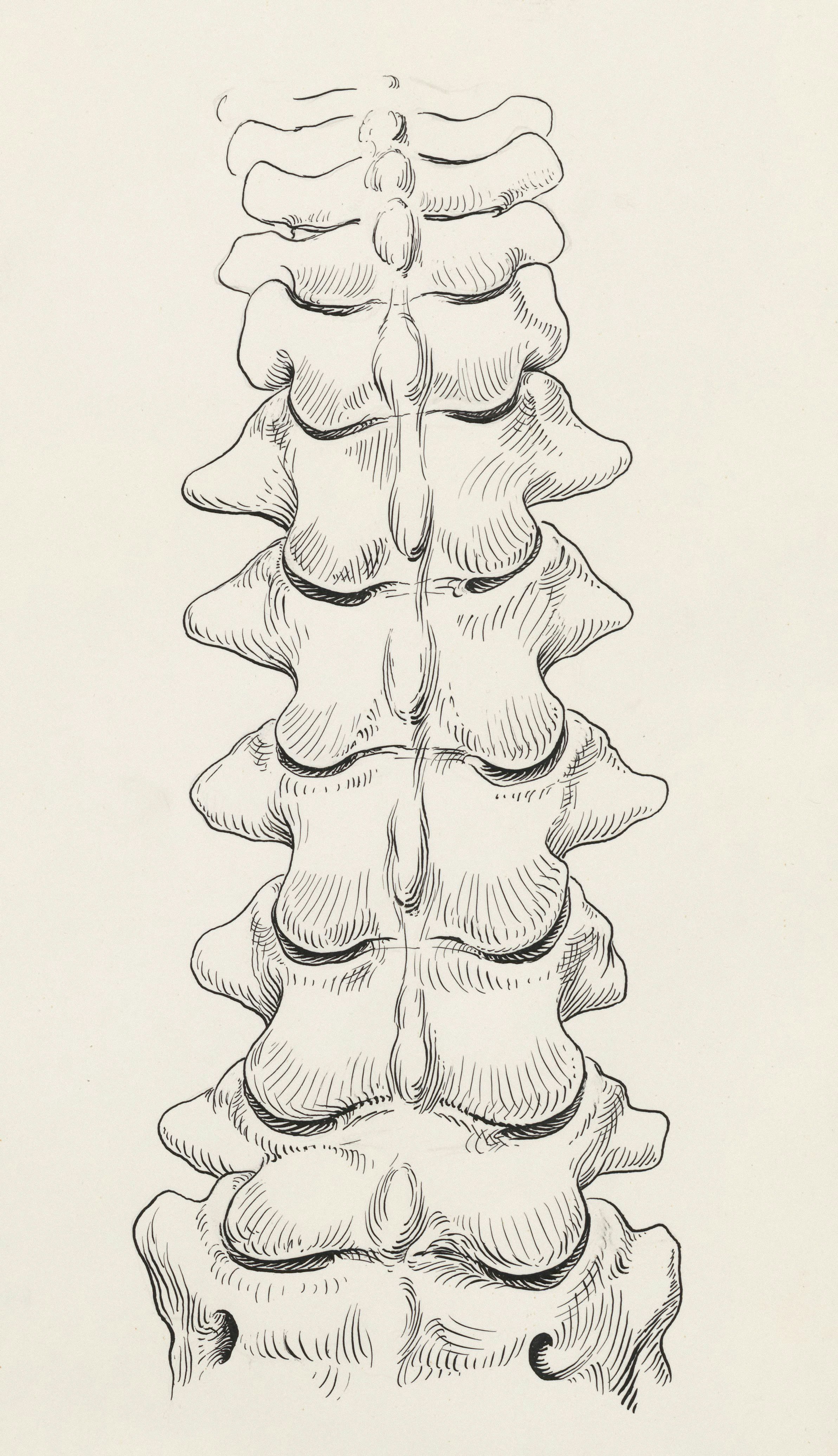Protecting Australia's youngest patients
WHY SPINAL MANIPULATION DOESN'T BELONG IN PAEDIATRIC CARE

Physiotherapist and researcher Dr Nikki Milne (PhD) examines the risks, evidence, and regulations around spinal manipulation and mobilisation for infants, children, and adolescents.
When members of the public raised concerns about spinal manipulation being used on babies and children, the World Physiotherapy Specialty Groups responded by creating an international Taskforce to investigate.Over four and a half years, the group — including Bond University Associate Professor Dr Nikki Milne — reviewed the global evidence and found no reliable support for the practice.
What they did uncover were cases of mild to severe harm, from fractures and paralysis to, in rare instances, death. Their findings have shaped new guidelines, spurred policy change in Australia, and driven a worldwide push to protect young patients.
Understanding the issue
"Spinal manipulation is when you put your hands on the spine of the infant or the child and apply a thrust manoeuvre,” Nikki explains. “Mobilisation can be a gentler movement of the bony anatomy of the spine. Moving the bony anatomy impacts other structures around them.”
Nikki says it’s easier to control the force and depth being applied when treating adults with spinal manipulation and mobilisation, but it’s hard to control when treating infants and children.
“You don’t know how much force you're putting through their spine. They’re tiny little bones you're working with and there’s not much movement through the spine. It's riskier, and that's why the profession had concerns,” she says.
Australian physiotherapists don’t commonly use spinal manipulation and mobilisation on infants or children, but there are pockets of physios around the world who do.
“The profession felt it needed to have a statement on what we should and shouldn't be doing,” Nikki says.
Gathering evidence
The Taskforce designed a series of studies, the first was an international, interprofessional scoping review.
“I led an international team through that review, and we anchored a couple of our Doctor of Physiotherapy students from Bond into the project,” Nikki says.
"They were able to contribute to a really important study that our global paediatric community had deemed a high priority.”
Following that review, the Taskforce undertook a Delphi survey of physiotherapists, followed by systematic reviews of the outcome measures being used and their psychometric value — and whether they were appropriate for infants and children to measure the outcomes of spinal manipulation or mobilisation.
Keeping our youngest patients safe
Nikki and the Taskforce’s review included all Australian professions licenced to manipulate spines — medical practitioners, osteopaths, chiropractors and physiotherapists.
"We thought, initially, manipulation and mobilisation might be related to headaches or stiffness in the spine, but when it comes to infants, they aren't telling you, ‘My neck’s sore.’ Or, ‘My back’s sore.’ So, it was quite hard for us to rationalise why it would be used on infants or children at all,” Nikki says.
“When we explored the literature, we found it was being used for so many conditions, including cerebral palsy, otitis media in the ear, continence, reflux and breastfeeding difficulties. We couldn't really understand how movement of the spine would have an effect on those conditions.
“There were also practitioners using it to treat autism spectrum disorder and scoliosis. It shocked us that it was being used for so many different musculoskeletal and non-musculoskeletal conditions.”
The Taskforce found no high-quality evidence to support using manipulation or mobilisation for infants for any conditions and whilst harms were generally mild, many studies did not report them.
“Then we found evidence, and were hearing it anecdotally from clinicians and emergency departments, that there was harm being done through manipulation,” Nikki says.

“There was evidence of brain bleeds, vegetative reactions, paralysis, and even death.”
Associate Professor Dr Nikki Milne
The statement’s impact
The use of spinal manipulation for babies under two years of age was banned by the Australian Government in 2019 after community concerns about safety. But the Chiropractic Board of Australia self-regulated in early 2024 to support chiropractors to again use spinal manipulation on babies under two years of age.
"There are two different camps in the chiropractic world — half acknowledge there's no evidence to support using spinal manipulation of infants, but the other half seem to think it’s a valid treatment,” Nikki says.
"We published our position statement in mid-2024, and two days later the Australian Physiotherapy Association, amongst others, used the literature we had gathered to talk to the Health Minister, who reinstated the ban on spinal manipulation on babies under two years old.
“Whilst Australia has some good regulations in place, that's not the case globally. Our next step is to get the spinal manipulation of infants banned in all countries.”
However, Nikki says more research needs to be done on whether mobilisation may be effective for treating older children and adolescents with sore necks or headaches resulting from injuries.
Dr Nikki Milne (PhD)
Dr Nikki Milne (PhD)
Advice for parents
Nikki understands some parents may actively seek out spinal manipulation or mobilisation for their child or infant, after being recommended the treatment by others.
“I appreciate the stress of parenthood and what they go through with newborn babies, including sleep deprivation and wanting to do the best by their child, but that also makes them really vulnerable,” she says.
"If their child is unsettled and vomiting a lot, or not sleeping or feeding well, they might be advised by friends to see a health professional to ‘adjust the child’s spine’ — that's the language used in chiropractic.
"What I would say to parents is, there are a lot of different treatments that do have evidence to recommend them for all of those problems. But there is zero evidence to say that manipulation of the spine for a baby is ever required.
“It’s not helpful. And in fact, it's putting your child at risk of harm.”
The push back
Since releasing its position statement, the Taskforce authors of the Paediatric Spinal Manipulation Position Statement has faced criticism from those employing the technique.
“People who use these techniques a lot are debating the issue pretty heavily. We're ok with that, because all we have done is describe the evidence that existed at the time,” Nikki says.
Published on Wednesday, 27 August.
Original thinking direct to your inbox

Stories from Bond

